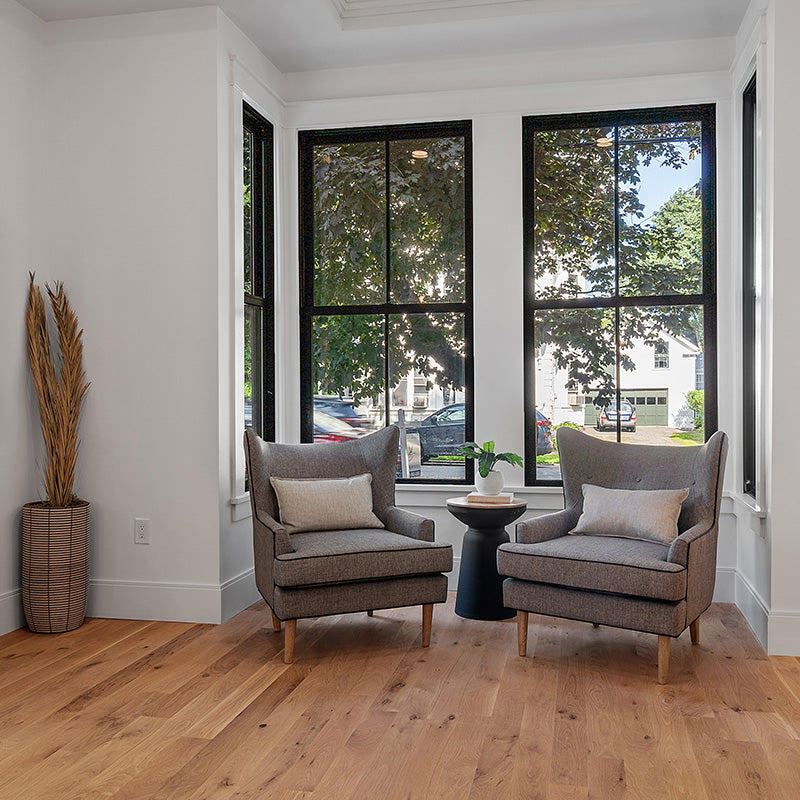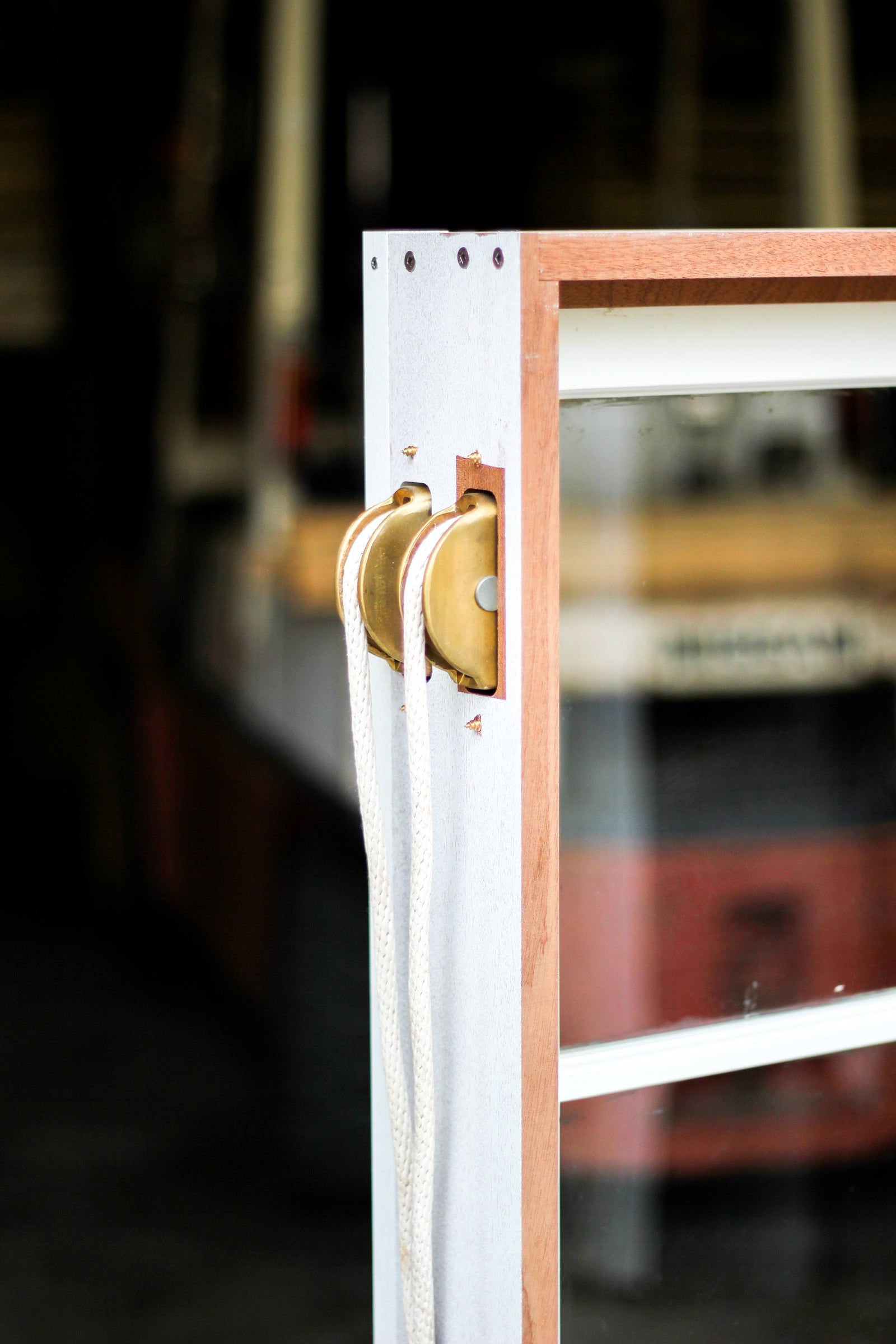Projects
Resources
These Photos Of Tiny, Futuristic Japanese Apartments Show How Micro Micro-Apartments Can Be
September 26, 2013 4 min read
GUEST POST
September 25, 2013
Micro-apartments are in vogue today. But in Japan, people have been living in the Nakagin Capsule Tower's 100-square-foot housing for decades.

Micro-apartments represent a seemingly straightforward antidote to persistent affordable housing shortages in dense growing cities: If the rent-per-square-foot is too damn high, why not lower the number of square feet?

They are having a renaissance lately, but there was another moment when tiny, modular apartments were proposed as the future of housing: post-war Japan.

That’s when a small group of architects came together under the banner of “Metabolism,” whose most notable, lasting work might be the Nakagin Capsule Tower.

“It was a new type of architecture that attempted to overcome the problems that plagued traditional urban planning,” says Noritaka Minami, a photographer who has studied and documented the tower.

Its 140 capsule units are very small--just over 100-square feet each--and very modular. The plan was to replace the “capsules” themselves every 25 years: a new, flexible way to accommodate the rising Japanese economy.

Today, Minami says half the occupied capsules are offices, and those used as apartments house young and old, men and women, functioning as everything from weekend second homes to cheap, primary housing.

Instead of becoming a model for construction (as hoped), it is the only building of its kind.

Despite the capsules’ small size, the unusual floorplan doesn’t actually maximize its use of space, and the experimental construction techniques make conventional maintenance tricky.

Life for capsule-dwellers has other challenges, too, as he discovered when he first visited the building in August of 2010. “There was a historic heatwave that was going through the city, and the particular capsule that I visited, the air conditioning was broken,” he says.

Not only that, the capsules’ striking porthole windows don’t open. “It was like a sauna inside."

Micro-apartments represent a seemingly straightforward antidote to persistent affordable housing shortages in dense growing cities: If the rent-per-square-foot is too damn high, why not lower the number of square feet?
Micro-apartments are in vogue today. But in Japan, people have been living in the Nakagin Capsule Tower's 100-square-foot housing for decades.
Micro-apartments have been experiencing a renaissance of late. They represent a seemingly straightforward antidote to persistent affordable housing shortages in dense growing cities: If the rent-per-square-foot is too damn high, why not lower the number of square feet?
In New York City’s headline-grabbing example, apartments from 250 to 370 square feet are being built in the first multi-unit building in Manhattan to use modular construction. New Yorkers were recently allowed to sleep inside a prototype at a museum exhibition, whose director called it “a glimpse into the future of housing in our city.”
In New York City’s headline-grabbing example, apartments from 250 to 370 square feet are being built in the first multi-unit building in Manhattan to use modular construction. New Yorkers were recently allowed to sleep inside a prototype at a museum exhibition, whose director called it “a glimpse into the future of housing in our city.”

But there was another moment when tiny, modular apartments were proposed as the future of housing: post-war Japan. That’s when a small group of architects came together under the banner of “Metabolism,” whose most notable, lasting work might be the Nakagin Capsule Tower.
“It was a new type of architecture that attempted to overcome the problems that plagued traditional urban planning,” says Noritaka Minami, a photographer who has studied and documented the tower . Its 140 capsule units are very small--just over 100-square feet each--and very modular. The plan was to replace the “capsules” themselves every 25 years: a new, flexible way to accommodate the rising Japanese economy. “It had a very specific intent that it was going to serve a certain clientele: businessmen who needed an urban home during the week,” says Minami. “In a way, it didn’t necessarily follow his original intent.”
“It was a new type of architecture that attempted to overcome the problems that plagued traditional urban planning,” says Noritaka Minami, a photographer who has studied and documented the tower . Its 140 capsule units are very small--just over 100-square feet each--and very modular. The plan was to replace the “capsules” themselves every 25 years: a new, flexible way to accommodate the rising Japanese economy. “It had a very specific intent that it was going to serve a certain clientele: businessmen who needed an urban home during the week,” says Minami. “In a way, it didn’t necessarily follow his original intent.”

Today, Minami says half the occupied capsules are offices, and those used as apartments house young and old, men and women, functioning as everything from weekend second homes to cheap, primary housing. Instead of becoming a model for construction (as hoped), it is the only building of its kind. "By the time the building was finished in 1972, in many ways that historical moment had already passed," says Minami. The '60s were over, and Metabolism was no longer avant garde.
There are also good practical reasons for why there aren't more buildings made in the capsule-tower mold. Despite the capsules’ small size, the unusual floorplan doesn’t actually maximize its use of space, and the experimental construction techniques make conventional maintenance tricky. “It’s extremely difficult to repair the plumbing and service lines, because of the design: there’s nothing like it," says Minami.
There are also good practical reasons for why there aren't more buildings made in the capsule-tower mold. Despite the capsules’ small size, the unusual floorplan doesn’t actually maximize its use of space, and the experimental construction techniques make conventional maintenance tricky. “It’s extremely difficult to repair the plumbing and service lines, because of the design: there’s nothing like it," says Minami.

Life for capsule-dwellers has other challenges, too, as he discovered when he first visited the building in August of 2010. “There was a historic heatwave that was going through the city, and the particular capsule that I visited, the air conditioning was broken,” he says. Not only that, the capsules’ striking porthole windows don’t open. “It was like a sauna inside.”

The spaces struck Minami as compressed, but also visually and historically dense. The first resident he visited had preserved the apartment just as it was in 1972, down to the plastic frame of the wall-embedded television (though the screen itself was new). Other residents didn’t care for the building’s history at all, and a majority has voted in favor of its demolition and replacement with a more conventional building.
Still, after years of demolition forestalled thanks to the financial crisis, it is still inhabited, and in a diversity of ways, as Minami's photos show. As much as it is a symbol of a moment in time, it’s also a working apartment building, and an example to micro-apartment builders everywhere. Or almost everywhere.
“This capsule tower may make sense even if you just transplanted it from Tokyo to New York or Williamsburg,” says Minami. “But can you imagine this being in Orange County?”
Still, after years of demolition forestalled thanks to the financial crisis, it is still inhabited, and in a diversity of ways, as Minami's photos show. As much as it is a symbol of a moment in time, it’s also a working apartment building, and an example to micro-apartment builders everywhere. Or almost everywhere.
“This capsule tower may make sense even if you just transplanted it from Tokyo to New York or Williamsburg,” says Minami. “But can you imagine this being in Orange County?”
Leave a comment
Comments will be approved before showing up.
Subscribe Today!
Our goal is to provide you with as much information as possible. Our newsletter is full of tips, inspiration and featured projects. We promise to only send you interesting things and never share your email with anyone else.




